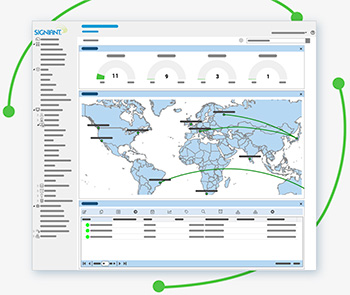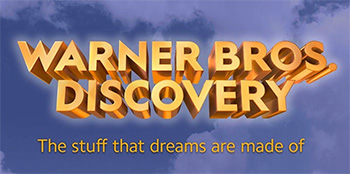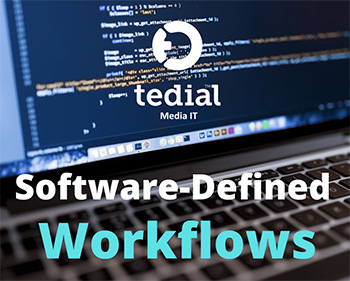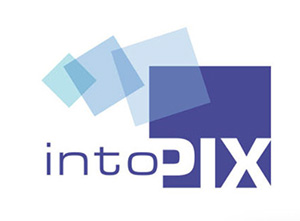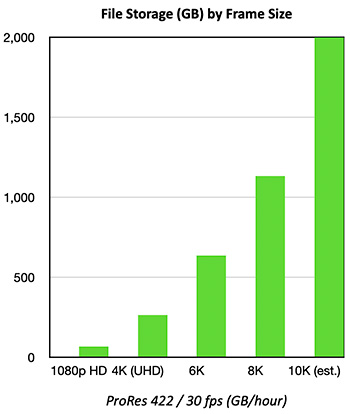… for Codecs & Media
Tip #1705: Atmos, Panasonic Offer Apple ProRes RAW Recording
Larry Jordan – LarryJordan.com
Apple ProRes RAW continues to gain support.
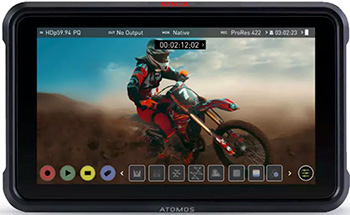

TVTech reports that Atmos and Panasonic have released Apple ProRes RAW recording from the Panasonic LUMIX GH5S camera when used with the Atmos Ninja V or Ninja V+, the companies said today.
Both products now can record up to 4K DCI p60 ProRes RAW and 3.7Kp60 anamorphic RAW from the GH5S with an update to AtomOS Firmware 10.66.
The small, compact size of the GH5S makes it well suited for gimbal and drone shooting, vlogging and cinema production. Its Micro Four Thirds image sensor provides flexible lens options, affordable anamorphic capture and dual native ISO, the companies said.
The ProRes RAW files captured when using the camera with the Ninja V or Ninja V+ will offer full metadata support in Final Cut Pro for White Balance and ISO slider adjustments, they said.
Here’s the link.


